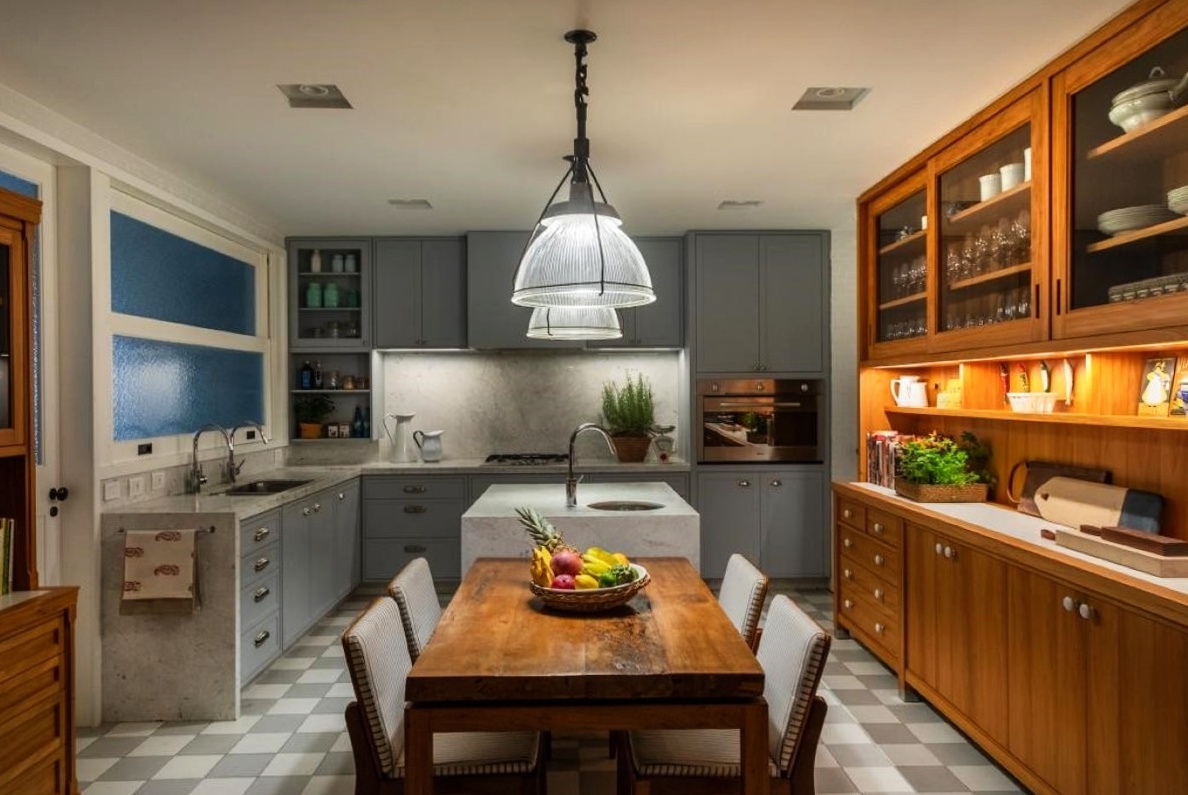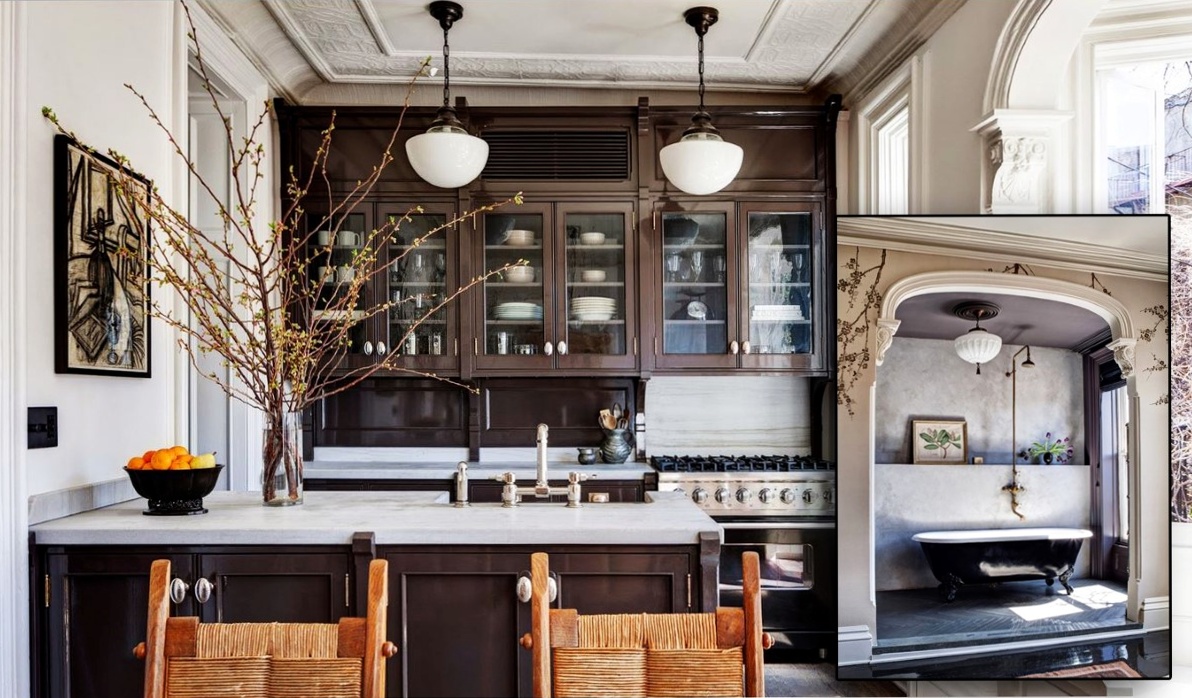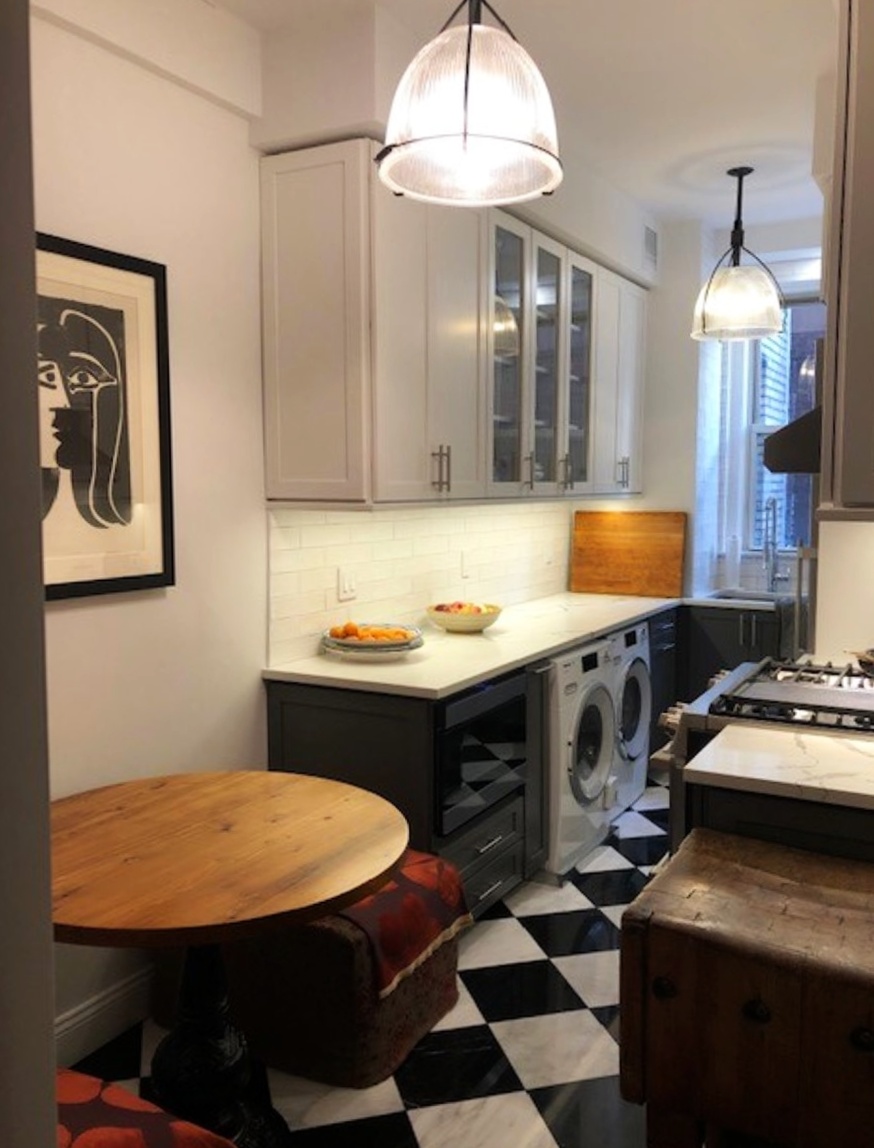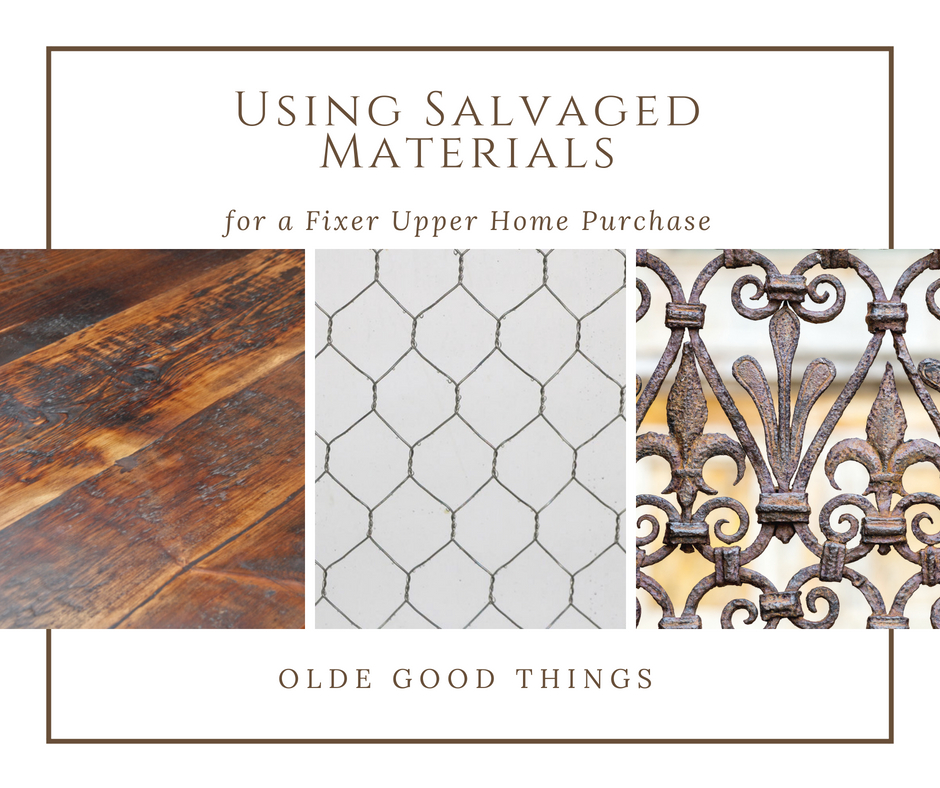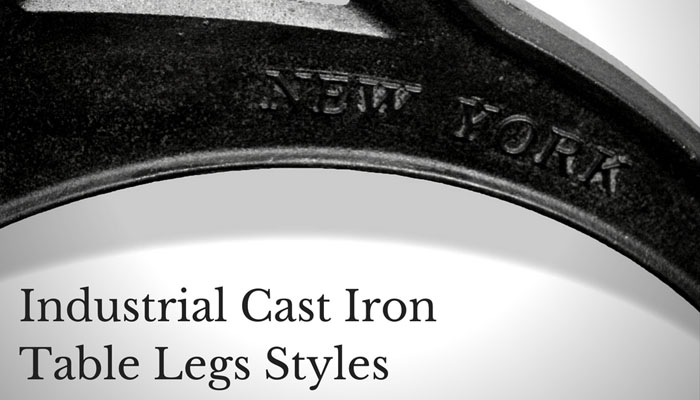Reclaimed doors are a treasure, but sometimes treasure needs a little polishing. Whether you want to take your vintage architectural salvage doors down to the bare wood, preserve original varnish, or just repaint anew on a smooth surface, you may appreciate some ideas on the easiest way to tackle this tough project.
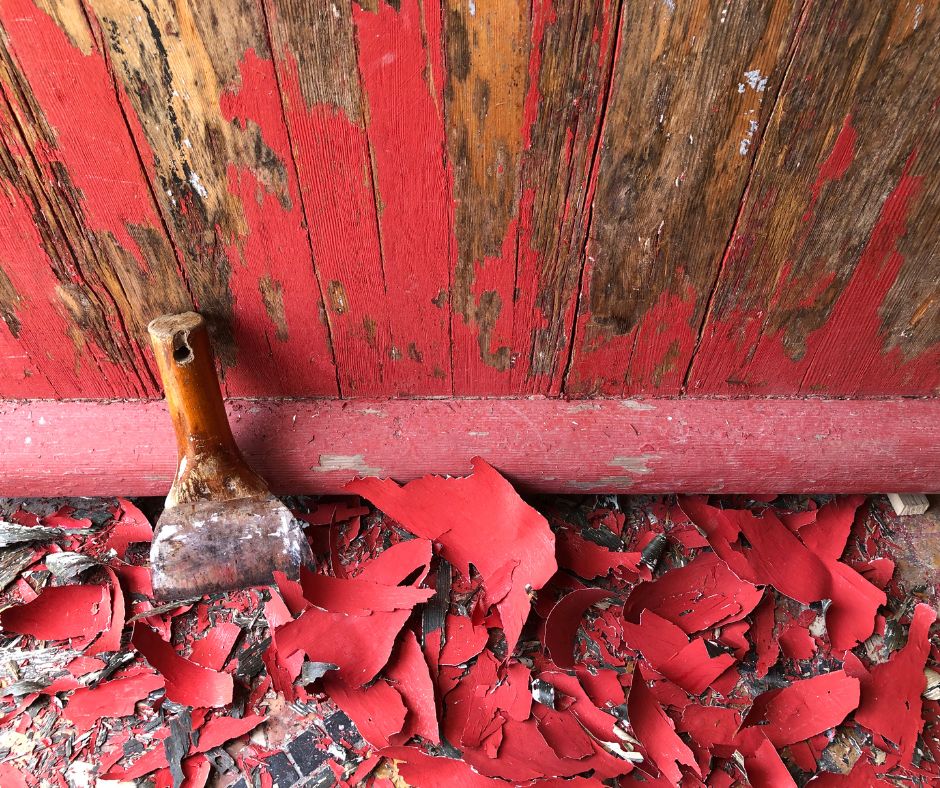
Stripping old paint off doors is one of those exciting projects that sounds great in the beginning, but can easily turn into a complex chore. A multitude of visual instruction videos on stripping old doors is available, and here are some favorites.
Number 1
How to Strip a Door (or any other surface)
Brittany at Prettyhandygirl.com has this helpful video on what products and tools to use, cleanup, and stripping a door to a fresh tabula rasa.
Number 2
The EASY WAY to Refinish a Door!
The Wood Whisperer offers tips on refinishing a door while it is still on its hinges – practical when it is already on your house or building and you don’t want to leave the interior open to the elements while waiting for stripping agents to soak in or wood to dry.
Number 3
How to Safely Strip Paint from Woodwork | Ask This Old House
Ask This Old House consults the experts on removing paint from classic old wood without destroying the original varnish beneath, and what to avoid by learning from others’ mistakes.
Supplies:
Various hand tools for removing hardware and hooks from door
Paint/varnish liquid stripper
Mineral spirits
Wood filler/epoxy
Paintbrush
Various handheld strippers (flat and chisel edged)
Wire brush
Steel Wool
Sandpaper
Power sander plus ear protection
Gloves
Safety glasses
Respirator
Lead test kit
Adequate ventilation
Extras:
Shop-vac
Plastic (for the mess)
Rag or cloth
Pencil
Toothpicks
Baby gate?
For additional tips and tricks from experts on transforming your architecture salvage treasures, contact our experienced craftsman at Olde Good Things.
